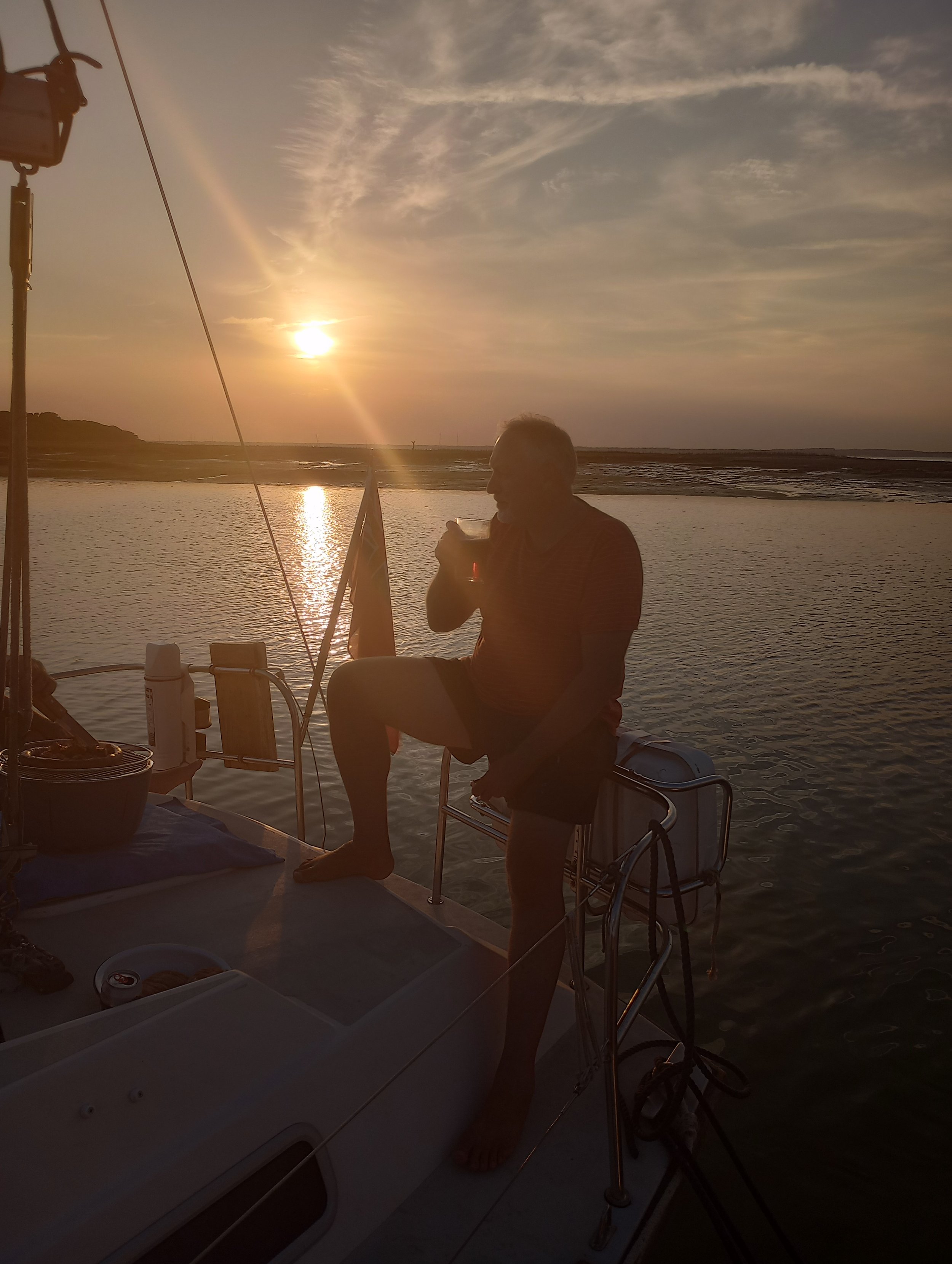All good things come to those who wait ….We have been working and improving this space from the moment we bought the boat! Each step first needed another AND another step to be completed, but it has been worth it.
A full walk through
We bought Deux Poissons in 2015 and have spent 8 years working (and playing) on her. Our website and other social media is updated regularly as we work on her, but we often get asked for an overview or complete view of her. Well we finally got to the point where we could do that …. so here is a complete walk through of the boat - enjoy. Leave a comment or any questions and we will respond.
Moving day
After many long and challenging years of planning and tireless work on the boat, the day had finally arrived. I don’t remember us deciding on 27 July 2023 but here we are, this was it. So after a challenging few weeks of halving our belongings and then halving them again, we managed to squeeze our lives into a four door car (which fortunately had a deep boot). I will admit that I watched more videos than necessary on how to fold clothes into tiny-tiny squares and it paid off.
It was bitter sweet packing up everything after living in our home for so long; leaving friends and family and more than once I asked myself if we were making a mistake.
While I am not one for celebrating “a sign that this was meant to be” - my phone (Facebook) felt perhaps this was one day to give me that sign …. so a photo popped up on my phone from 27th July 2019. It was the day emptied the whole boat into a van and we started the major restoration. So here we were exactly 4 years later taking everything back, just not in a van though……
So we bid farewell to the familiar comfort of our home and beautiful garden and began the next chapter of our lives.
More "stuff" to store... and where to store it. Working on our holding tank
Something we need to consider and fit is a holding (black) tank. We cannot pump out the toilet into the canals and rivers and we cannot be sure how often we will be able to access marinas with suction facilities for holding tanks. So we need to design a large tank, and also find space to fit it.
We did it …. one job completed !!
The plan ….
Since we bought Deux Poissons we have constantly been working through and adding to the long “To Do List”. Patrick had a vision of what he wanted for the boat and years of research to back it up. The electrics came pretty high up on the list of jobs for a number of reasons - Fire being one of them! This week we were able to say for the first time “THAT jobs done”. And it was a job !!
The wiring was mostly old household wire, from the 60s and definitely not suitable for a boat. It was a (dangerous) mess. Over the years the whole electrical system had to been added and added to and any wires that were not longer needed, or no longer functional were just left where they were (and not always wrapped in insulation tape or with any way of protection). Just a nest of melted and cracked cables and exposed wires!
We managed to persuade a patient and very experienced electrician, with a wonderful sense of humour, to come and have a look at the electrics, offer some advice and hopefully agree to the job. Which he did, and we will forever be grateful to him ! His advice was to rip it out, replace everything and he would do it in between his day job and on weekends (my hero)!
We presented him with a plan - which he approved, and he got to it. Patrick was on hand to assist.
Many months and a pandemic later, we now have a new distribution board for both our AC 230v and DC 12v circuits and a complete new working electrical system.
The 230v system receives input from shore, generator and inverter and connects to the domestic battery bank (separate from the engine start battery bank). This system powers all our sockets, water heater, battery charger, ice machine and appliances; dishwasher, induction hob and airfryer (oven). All the wiring is new, correct graded, flexible cable. All sockets are now on the correct circuits and feed back to breakers on the distribution board, with correct RCD switch.
The 12v system receives input from two battery banks. This system powers LED lights, navigation equipment, VHF radio, the pumps; water, fuel and bilges. It also powers the day fridge and fridge-freezer.
The battery set up comprises; two banks; for starting and domestic use. A third bank is dedicated to powering the (day) fridge and fridge-freezer and that is powered by solar. The fridge and fridge-freezer do not rely entirely on solar as we have a separate plug socket that sources power from the domestic battery bank, in the case of no sun/solar power. So we can choose to run fridges from either source.
Both fridges have sensing transformers plugged into 12v and 230v at some time. By default they run off 12v but when they sense 230v current, they automatically switch 230v and stop using the batteries.
Planning to make water....
Like all good trips, we plan to relax and enjoy the “occasional” sun-downer and good local food after a long day of sightseeing. We have also designed and fitted the boat with some necessities (ice machine, shower and dishwasher) to make this all as pleasurable as possible. Of course this all involves water and while we have water tank capacity of 346 litres, this is quickly depleted. So Patrick is working on fitting a DIY water maker.
Generator time
We have focused on the generator these past few weekends. We bought Deux Poissons with a Petter generator already fitted. It never worked properly and after a while it just gave up. We tried out best to “resusitate” her, but it seemed to be a compression problem from a possible crack in the head or damaged piston rings. Anyway Patrick found another generator which, with some small adjustments, fitted into the limited space available in the engine bay. I couldn’t wait to hear it start, but first there was quite a bit of work to be done (of course!)
A weekend and NO work ??
While the work is slowly paying off and we are seeing amazing progress, another summer is slipping away. We are keeping our eye and focus on the future but with such lovely weather and autumn around the corner, we downed our tools, packed up a few provisions and took the weekend off. Our destination for the weekend - Newton Creek (River), Isle of Wight. Newtown Creek is a large natural inland harbour found on the Isle of Wight's north western coast, named after the nearby village of Newtown. It is so peaceful and is surrounded by nature - we love it there.
We left our mooring in Fareham (top of Portsmouth Harbour) on Friday evening on the high tide and picked up a buoy near to Portsmouth mouth and slept for a few hours waiting for high tide at Newton Creek. We woke with the sun, had a couple of obligatory Bailey’s coffee and set off.
The Solent was quiet and like glass and it felt so good to be out on the water again. We got there in no time, travelling on average 6.5 / 7 knots through the water and probably about 9 knots over the ground, with the tide.
There are limited buoys available once you are through the entrance to the creek, but plenty of space to anchor. We managed to get a buoy and this added to the relaxing mood as we settled down for the weekend.
I immediately made myself comfortable on the “new” back deck. With no wind and strong sun, the umbrella was a treat. The inverter immediately got to work on the ice machine and the lithium batteries we fitted kept the fridge going. Patrick even experimented with one of the solar panels, rigging it up temporarily so as to keep the fridge batteries topped up.
The cable from the solar panel still needs to be extended as the panels will be fitted to the top deck, so for the weekend the solar panel lay next to me on the back deck. I didn’t argue, as it was playing a very important role in keeping my wine chilled. It also kept Patrick busy while he checked on how much it was charging the batteries (this was the first time using solar power on the boat).
Friends sailed over and joined us for a BBQ and a few card games and fun was had by all as we watched the sun set in a tiny peace of paradise.
And Sunday we did it all again - why change something that worked so well !!
But sadly Monday morning came round and we had to return to “land life” and work. We know this is only for a little longer and this weekend kept our enthusiasm and excitement going and reminded us of why we are working so hard to get the boat finished.
Out for a survey
We had Deux lifted out for a survey, which itself is always stressful. We have had the whole aft section replaced with new steel but we did hold our breath a little as the surveyor measured the rest of the boat. The thought of sections failing the survey filled me with dread, but all was good. Almost all areas measured were between 2.9 and 3.1 mm thick. I think we can feel safe knowing there is about 3mm of steel separating us from the deep waters! As the boat was on the hard, we replaced the anodes and gave her a quick coat of antifoul. Patrick, with the help of a friend, fitted the rope cutter and she was back in the water ready for us to continue with the rest of the work.
Our marina has an old crane to do the lift out and I hold my breath the entire time while it lifts out and moves the boats.
Patrick always insists on being there to supervise and this time I was so glad he was there. The front sling was positioned too far back and the front of the boat tilted forward. We were assured there was no chance she would slip out, but Patrick was not taking any chances. She was lowered down, the slip moved forward and all was good. As usual the crane made me so anxious as it bounced and moved the boat, but all was well. She was placed securely on the blocks and we got on with the jobs.
An "exhaust-ing" problem
With the planning, designing and building of the galley underway, Patrick needed to address the on-going problem of the exhaust. The pipe runs from the engine, down the starboard side of the boat to the aft section and out. It will need to be boxed in as it will run behind all the galley cupboards. However, the end section of the exhaust pipe, that joins the outlet has always leaked. The leaked water has continually dripped onto the fixed block of the steering cable, causing rust and would also drip / leak into the new galley cupboards. Patrick gathered up the necessary bits - a new piece of exhaust pipe, a few new and improved clamps, some cutting instruments and a bottle of Baileys (for coffee).
It worked ……. successfully installed new exhaust pipe section - tested and approved.



























